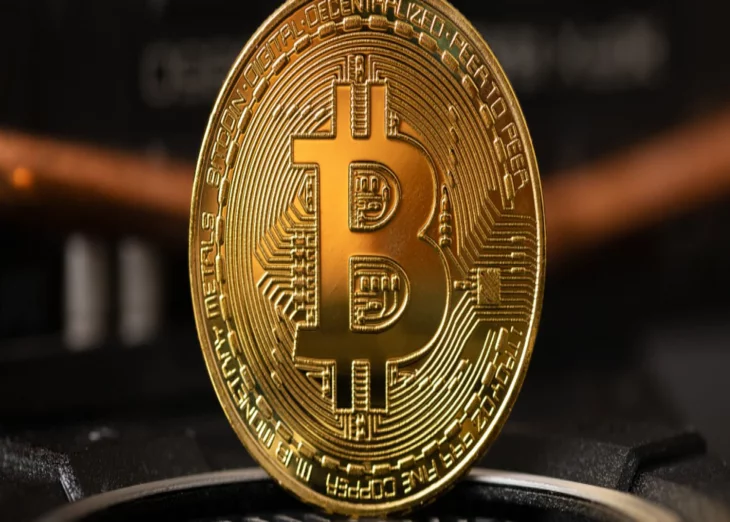Bitcoin Needs To Reach At Least $7,000 to Save the Mining Industry: Analyst

The economics of Bitcoin (BTC) is a touchy subject. Case in point, debates regarding the subject matter are the catalyst for some of the project’s leading forks. And while discourse regarding the subject has dissipated, especially as Craig Wright and Roger Ver have gone on their merry way, the long-term sustainability of Bitcoin’s consensus mechanism has recently come under fire.
Filb Filb, a leading crypto asset researcher, looked to bring rational thought and numbers to a facet of this non-parley on Sunday, releasing a Twitter thread on mining fees and their role in cryptoeconomics.
99% Of Bitcoin Mining Revenue Is Block Rewards
Filb first laid out some ground rules. Citing block explorer information, Filb noted that miners hashing on the Bitcoin network secured approximately $6.37 million, which includes the $70,000 paid in transaction fees, over the past 24 hours. In other words, effectively 99% of miners’ revenues are sourced from coinbase transactions, while what little is left is made up of pure, simple transaction fees.
Re; Bitcoin Mining Fees Debate; Daily Miner income today of c.$6,37m inclusive of $70k fees can be easily maintained with assumed increase in $BTC unit price. Mining fees are 1% of the total mining incomeBitcoins revenue is 99% of total mining income pic.twitter.com/Hxey0WHzvG — fil₿fil₿ (@filbfilb) February 10, 2019
And as the cumulative value of network fees is expected to flatline, even drop, in the coming years due to the Lightning Network’s advent, the value of BTC must head higher to allow miners to keep aggregate revenues consistent. If the Bitcoin price stagnates, even as block reward reductions — so-called “halvenings” or “halvings” — occur, miners may begin to stifle their operations, as the economics of mining become tough on their wallets.
Thus, Filb remarked that BTC must eclipse $7,000 — near-double of today’s price — by 2020’s issuance reduction event, slated to occur in mid-May. By the same token, he claimed that as future halvenings activate, which will cut the amount of BTC issued in half, Bitcoin will need to continue to double every four years to keep the mining sector as is.
Yet, the analyst didn’t count out the chance that BTC could enter a multi-year lull, whereas prices aren’t fluid and don’t match current expectations, putting miners between a rock and a hard place. In fact, if the value of the flagship cryptocurrency remains static heading into 2020’s halvening, a sticky situation may arise.
If worst comes to worst, the current value of daily transaction fees would have to swell by 46 times, from $70,000 to $32 million, to keep risk to the status quo of miners’ revenues to a minimum. This, of course, is a worst-case scenario, especially considering the copious number of analysts who believe that the impending shift in issuance will push Bitcoin far beyond where it has traversed before.
As reported by NewsBTC previously, Moon Overlord claims that BTC could begin to rally into the May 2020 halving. Overlord explained:
“Bitcoin has traditionally starting pumping around 1 year on average before it’s halving date… The next halving is estimated to be May 2020, meaning that the uptrend will begin in May of this year.”
He isn’t the only analyst with this thought process. Alistair Milne, a Monaco-based crypto investor that heads the Digital Currency Fund, noted that December’s downward difficulty adjustment, which has historically indicated a bottom, and the nearing halving should be a catalyst for widespread accumulation.
The Case For A Bitcoin Supply Cap Hike
While Filb doesn’t believe that the fleeting block rewards could pose a cardinal risk to Bitcoin’s long-term, multi-decade security, some have begged to differ. In a shadowed conversation at the equally as mysterious Satoshi’s Roundtable, Matt Luongo, the founder of Fold and the product lead at Keep, stated that the Bitcoin’s deflationary model could get unsustainable over time.

Like thinkers like BlockTower’s Ari Paul, Luongo brought up the idea that as time elapses, more of Bitcoin’s functionality will be seen on second layers, sidechains, and drivechains. Thus, the Bitcoin economy could become “top heavy,” creating an environment where the underlying blockchain is susceptible to block reorganizations, due to the minimal low-cost transactions made on the mainchain and lacking block rewards.














Article comments